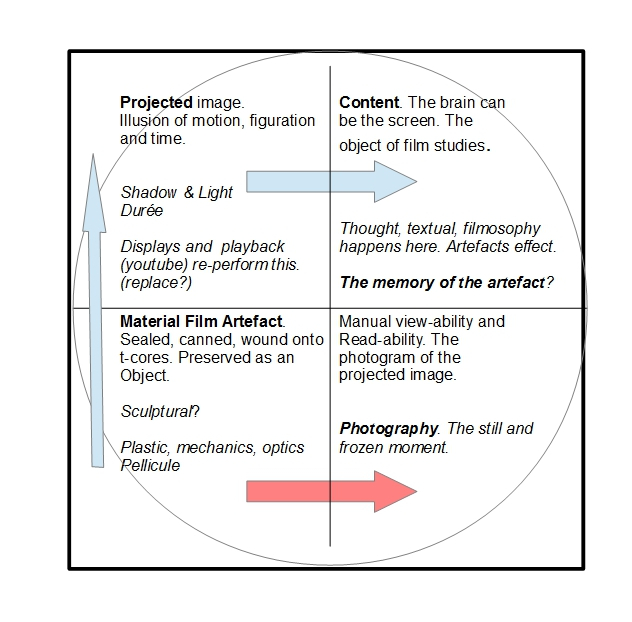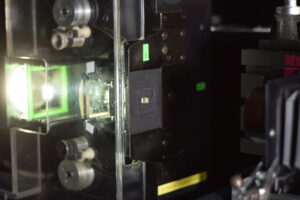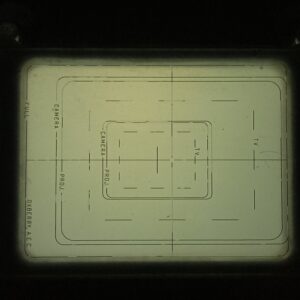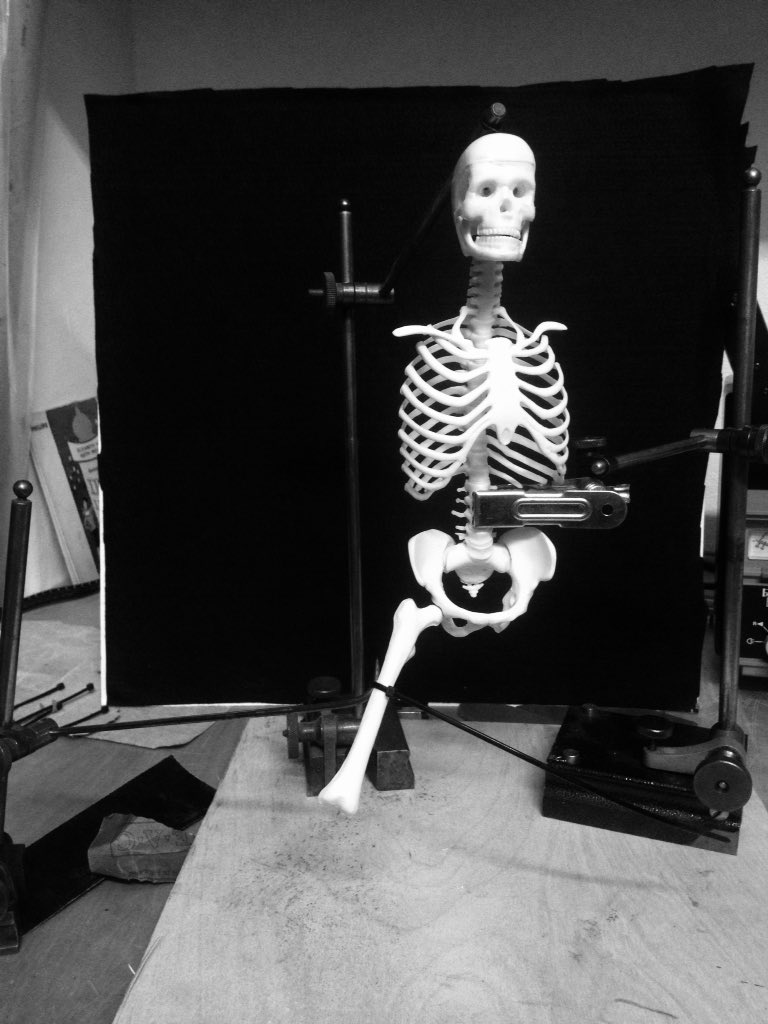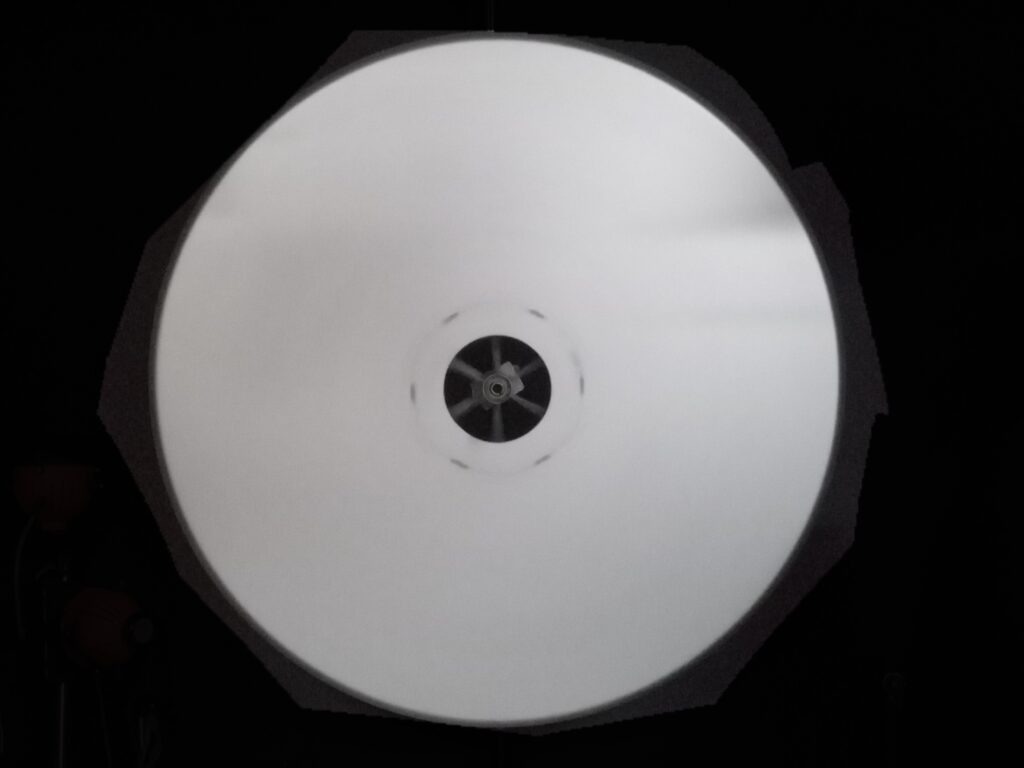My MRES was practice based and I was looking at how to formulate an ‘Experimental Archive’ and what this could mean.
This MRES is now completed and available to read elsewhere on this website.
I am concerned with a certain kind of engagement with the archive because It is really films archival proclivities that interest me.
There are film archives because there were films that became records. A celluloid record if you like. We live in desperate times. As a film maker and artist who handles and works with film I am compelled to consider the need to continue contributing to this record.
Thinking about the notion of memory and film as a technique of memory has actually lead me to a different perspective
Film is the memory of technology?
I also really tlike this idea that film and cinema involve other areas completely outside film/cinema studies, for instance certain kinds of metal engineering and fabrication and/or loco-mechnical techniques, or low-tech chemical engineering.
(ref B. Turquety . Configurations of film – Format / Configuration / Medium)
In some ways the entity (from archival science studies) is not merely myself and my personal interests. A focus on the 16mm format through the agency of the collective archive of ebay renders a kind of entity that is beyond my individuality and rather becomes the apparatus itself, all the 16mm forms on ebay (and anywhere) being a materiological expression of that system of moving image production and its context and expressions in history.
In many ways this is an object orientated study as I am foregrounding the artefact, its modes of production, its properties and its proclivities to numerous contingent factors especially arrangement in series (the archive) and its appearance through projection (cinema). But this foregrounding comes with my anthropocentric ideas about use and expression and this lessons my interest in an ontology that might seek to define film ‘as inaccessible and infinitely withdrawn from all relations’ (g.harman).
Its precisely its relations to us through the agency of its relations within itself that constitutes one part of Cinema that interests me.
